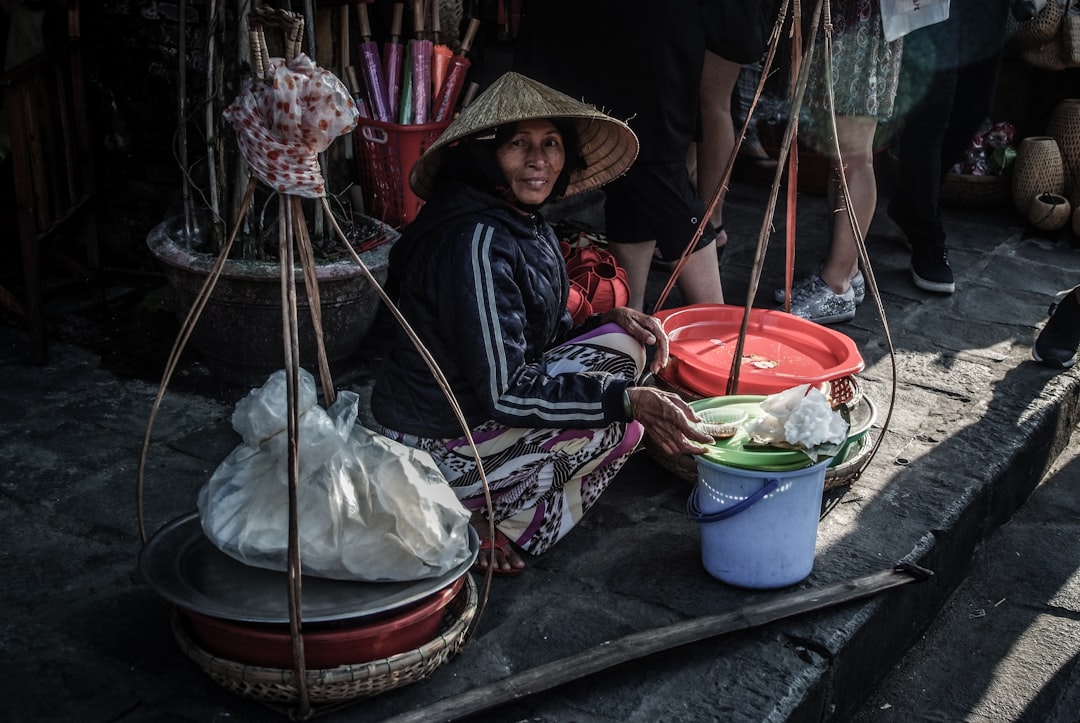In the vibrant world of Vietnamese cuisine, one dish stands out for its unique blend of Chinese and Vietnamese flavors – Hu Tieu. This beloved noodle soup has become a staple in the culinary scene, with its comforting flavors and endless variations. Join us as we unravel the tale of Hu Tieu and explore its origins, ingredients, and cultural significance.
Hu Tieu traces its roots back to ancient China, where it was known as “Hu Tiao” in the Fujian province. This region has a long history of trading and cultural exchange with Southeast Asia, particularly Vietnam. As a result, many Chinese dishes made their way into Vietnamese cuisine, including Hu Tieu.
When the Chinese diaspora settled in Vietnam during the 17th century, they brought their culinary traditions with them. Over time, the Vietnamese adapted Hu Tieu to suit their taste preferences and local ingredients, creating a unique fusion dish. Today, Hu Tieu is commonly associated with Vietnamese cuisine and is found in street food stalls and restaurants throughout the country.
What sets Hu Tieu apart from other noodle soups is its diverse range of ingredients and toppings. The base of the soup usually consists of a clear, flavorful broth made from pork bones, dried shrimp, and various herbs and spices. The noodles can vary from thin rice noodles to thicker, chewy ones, depending on personal preference.
The toppings for Hu Tieu are where the fun begins. You can find a wide array of proteins, such as shrimp, pork, beef, and even offal, added to the soup. Additionally, the soup is traditionally garnished with bean sprouts, fried shallots, scallions, and fresh herbs like cilantro and Thai basil. The combination of flavors and textures creates a harmonious balance that keeps people coming back for more.
Throughout Vietnam, different regions have their own unique take on Hu Tieu. In the south, you’ll find Hu Tieu Nam Vang, which features a sweeter broth and a wider variety of toppings, including quail eggs and pork liver. In the central region, Hu Tieu is often served with a darker, spicier broth and is accompanied by a plate of fresh vegetables and herbs for diners to customize their meal. Northern Vietnam has its own version called Hu Tieu Bac Nam, which combines ingredients and flavors from both the northern and southern regions.
For food enthusiasts visiting Vietnam, trying the local version of Hu Tieu is a must. Whether you find yourself in the bustling streets of Ho Chi Minh City or the charming town of Hoi An, you’ll be spoilt for choice when it comes to Hu Tieu. Don’t be afraid to venture off the beaten path and visit local street food stalls or family-run eateries to experience the true flavors of this beloved dish.








